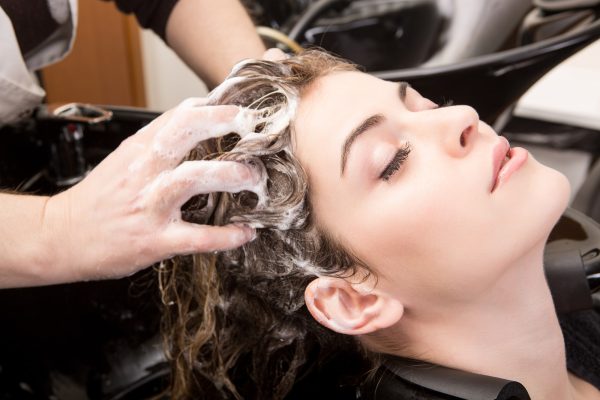
Hair Treatment
Whether your hair is damaged from heat styling, chemical treatments, or environmental factors, hair treatment for nourishment and repair can help improve the health and appearance of your hair. Our hair often contends with a multitude of stressors, ranging from heat styling and environmental factors to chemical treatments, all of which can contribute to dryness, damage, and a lackluster appearance. Therefore, implementing a tailored approach to hair care that prioritizes nourishment and repair becomes essential for achieving vibrant, healthy locks.
You can explore a range of proven techniques and treatments designed to rejuvenate and strengthen your hair, promoting not only its aesthetic appeal but also its overall well-being. Whether you are grappling with brittle strands, split ends, or the aftermath of styling indiscretions, careful curated strategies will help you restore and maintain the natural beauty of your hair, ensuring a head of tresses that radiates vitality and resilience.
Tips on Hair Treatment
1. Balanced Diet: Eat a balanced diet rich in vitamins and minerals that support hair health. Foods high in biotin, vitamin E, and omega-3 fatty acids are particularly beneficial.
2. Deep Conditioning: Use a deep conditioning treatment at least once a week. Look for products with ingredients like Argan oil, coconut oil, Shea butter, or keratin. These ingredients help moisturize and strengthen the hair.
3. Hot Oil Treatments:Hot oil treatments can provide intense nourishment. You can use oils such as coconut oil, olive oil, or Argan oil. Warm the oil slightly and apply it to your hair, leaving it on for about 30 minutes before washing.
4. Protein Treatments: Protein treatments help strengthen the hair shaft. Look for products that contain hydrolyzed proteins or amino acids. However, be cautious not to overuse protein treatments, as too much protein can make the hair brittle.
5. Leave-In Conditioners: Use leave-in conditioners to provide ongoing moisture and protection. They can help de-tangle hair and provide a protective barrier against heat styling.
6. Avoid Heat Styling: Limit the use of heat styling tools like flat irons and curling irons. If you must use them, apply a heat Protectant spray before styling to minimize damage.
7. Protective Hairstyles: Opt for protective hairstyles that reduce stress on your hair, such as braids or buns. This can help prevent breakage and split ends.
8. Hydration: Stay hydrated to promote overall health, which includes the health of your hair. Drink plenty of water to keep your hair hydrated from the inside out
9. Avoid Harsh Chemicals: Be cautious with chemical treatments, such as perms or color treatments. If possible, opt for gentler, ammonia-free products.
1o. Trimming: Regular trims help prevent split ends and breakage. Trim your hair every 6-8 weeks to maintain its health.
Key Elements of Hair Treatment
1. Balanced Hydration: While moisture is essential, it’s equally important to strike a balance. Over hydration can lead to limp, lifeless hair. Choose products that hydrate without weighing the hair down, and consider the climate and humidity levels when selecting your hair care routine.
2. Consistent Care Routine: Consistency is key in any hair care routine. Regular deep conditioning, protein treatments, and protective styling contribute to ongoing nourishment and repair. Implementing these practices into your routine can lead to noticeable improvements in the texture and resilience of your hair.

Leave a Reply